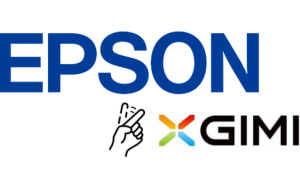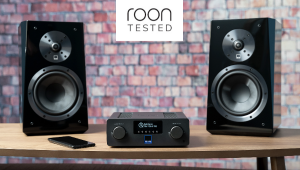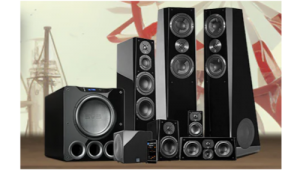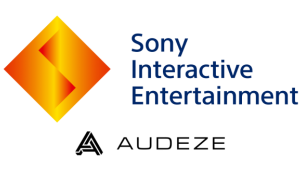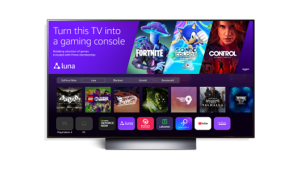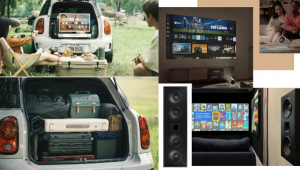TV Makers Collaborate on Next Digital Broadcast Standard
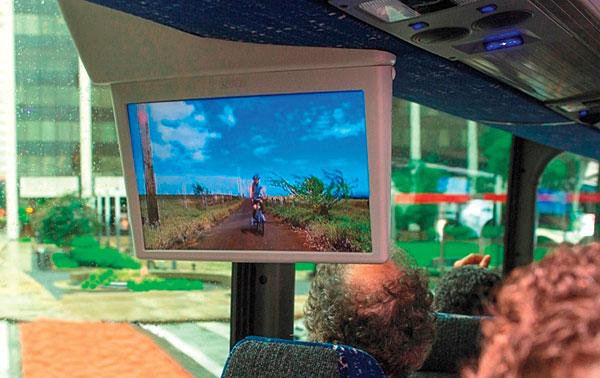
One part of the forthcoming broadcast standard is the “physical layer,” or transmission technology. One possible candidate, Futurecast, has moved into the second phase of testing by its developers: LG, its Zenith division, and GatesAir, a manufacturer of broadcast transmitter equipment. The system can accommodate everything from fast- moving vehicles in city centers to indoor locations to rural areas up to 50 miles away. Futurecast is said to be good at resisting multipath reflections from tall buildings, traditionally a bane of TV broadcasting.
Meanwhile, Samsung is getting together with Pearl TV—a consortium of nine companies that own TV stations—to test a preliminary version of ATSC. Also participating is Sinclair, another major TV station owner. “We need a new standard for the next generation of broadcast UHD TV,” said Samsung’s John Godfrey, adding that “it is now time for the industry to step forward with technical and consumer testing.” The tests are expected to stretch over the next 18 months.
The ATSC 3.0 standard will also have an audio component, and that’s being tested as well. Dolby AC-4 supports 5.1-channel surround; plus dialogue enhancement, intelligent loudness, and dynamic range controls; and is appropriately bandwidth-efficient for broadcast use. Harmonic, a video delivery infrastructure company, participated in the first U.S. test of AC-4 with KQED, a PBS affiliate in San Jose, California. The test used Harmonic’s Electra X2 media processor for real-time audio and video encoding. AC-4 has also been used experimentally in a couple of French sports broadcasts.
Sony and Vizio have already endorsed Dolby AC-4 and are planning to build AC-4 audio decoders into the ATSC 3.0 tuners of future TVs. However, the Dolby technology is not the only one vying for acceptance in ATSC. There is also an MPEG-H technology being promoted by Franhofer, Qualcomm, and Technicolor. DTS also offered, but withdrew, a technology of its own.
The Advanced Television Systems Committee is expected to finalize its new broadcast standard in 2017.





